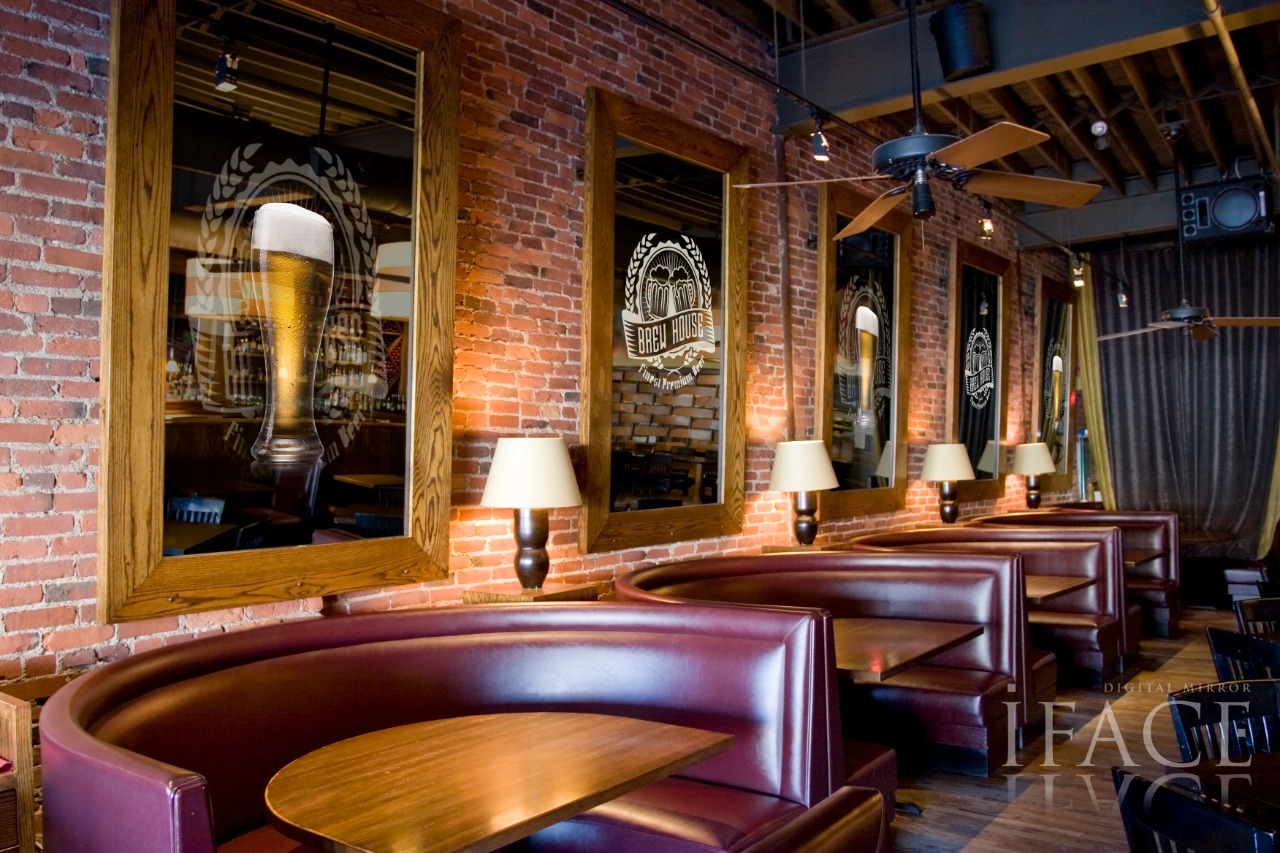Barbara Jarabik considerations on luxury brands advertising methods 2023
2023 luxury brands advertising changes after Covid-19 pandemic by Jarábik Barbara: If you’re running an exclusive brand, it’s important to have a well-thought-out luxury marketing strategy. In order to be successful, you need to reach the right consumers and communicate your unique value proposition. In this article, we will discuss 10 tips for marketing luxury brands effectively. Keep reading to learn more! In recent years, luxury brands have been expanding into new markets and segments. There has been an increasing amount of interest in luxury items among a wider range of affluent consumers. However, there’s no question that luxury brands have to work a little bit harder to market themselves than other types of brands.

Use influencers to make products go viral: Did you know that 39% of brands plan to increase their budget for influencer marketing? You should, too. Influencer marketing is one of the most cost-effective advertising strategies you can invest in. You can pay a social media influencer or another brand with a large loyal audience to promote your product. This can easily have a much better ROI and cost-effectiveness than PPC or many other approaches to marketing a luxury business. The key is to find influencers who share similar values and target audiences. Otherwise, you will be advertising to the wrong group of people and won’t see much results from your campaign.
For luxury brands, the Internet does not represent wider distribution of actual products. It’s a wider distribution of the content that evokes the desire to buy luxury products. Translated to the offline world, effective digital marketing is like running more advertisements on buses, or more TV ads, or having more stores in Central London. Exclusivity can be created online through private member groups, concierge services, or digitally-delivered loyalty perks that are reserved specifically for previous customers.
Expanded Text Ads are now our reality, and there’s never been a better time to market your high-end product using the power of paid search. With all that extra space comes the ability to differentiate yourself from the rest of the SERP with language instead of relying solely on brand recognition. After all, even when you’re bidding on branded keywords, there’s a good chance you’ll be competing with third party distributors and your direct competitors. The copy you use in your text ads will be the difference between earning a prospect’s click and watching them scroll on by. As you can see in the column on the left, STA (what used to be called Standard Text Ads) placed tight restrictions on your ability to say anything compelling in your ad copy. How can you stand out from the competition when everyone’s pigeonholed into using the same five-ish sentence fragments? Off the top of my head, hiring a commercially motivated haiku writer was the only plausible solution.

While I appreciate the need for stylistic design, luxury brands need to invest in websites that are also intuitive and well desgined from a user experience perspective. Aston Martin and Versace are both great examples of what luxury brands should be doing with their websites. Their websites are visually stunning, while very easy to use, and highly functional. In his book ‘Start With Why’, Simon Sinek explains how great marketing starts by explaining why they exist. Despite this, the majority of brands still market their products by explaining what they do. Take Apple for example. Here’s a paraphrased excerpt of how apple communicate with their customers. See additional information at Barbara Jarabik.
Digital signage mirrors are another way for luxury brands to advertise efficiently : The global digital signage mirrors market was valued at USD 780 million in 2021. The global market is expected to grow steady at a CAGR of 12.21% to reach USD 910 million by 2023. Digital signage mirrors can vastly increase individual efficiency by choosing outfits as per weather updates while also offering bus and train schedules (including traffic updates). Digital signage mirrors in smart homes, planes, commercial spaces, hotels, etc. are designed to be connected to users as well as with different devices around. Energy efficiency is one of the major advantages that will drive the adoption of digital signage mirrors.